Model of the Skylab space station, all metal, 22 inches long, 15 inches wide at the solar panels, and 13 inches tall including the simulator mounting cylinder. A tag inside this cylinder reads: "Made by Technical Services Division, Manned Spacecraft Center, Houston, Texas" and has a blue NASA "meatball" logo. The cylinder allowed placement of this model inside the Apollo mission simulator for rendezvous practice by the Skylab flight crews. The 7-inch long Command/Service Module is removable from the docking port. At the end of the Apollo lunar landing program, the Apollo mission simulator at the Manned Spacecraft Center was modified to support the Skylab Earth orbital missions. A Skylab crew of three astronauts would be launched into earth orbit using a Saturn IB rocket to rendezvous and dock with the orbiting space station. Within minutes of the Skylab space station launch by a Saturn V rocket on May 14, 1973, an outer skin micro-meteoroid / sun shield was sheared off the station. Because of low cloud cover during launch, no one saw this happen, thus flight controllers were unaware of the problem. The shield also tore off one side solar panel and jammed shut the other side panel. Mission Control thought all was well when Skylab entered earth orbit some 10 minutes after launch. Telemetry indicated the four "Dutch wind mill" type solar panels were successfully deployed after orbit insertion. Less than an hour after launch, however, conflicting telemetry data indicated something was seriously wrong. Although safely in earth orbit, power readings indicated that insufficient power was coming from the solar panels, with the possibility of one more panels either partly open or completely missing. Over the next several hours, temperatures inside the lab soared to over 120 degrees F. This was a clear indication that the micro-meteoroid / sun shield had somehow failed and might be related to the solar panel problems. The exact reason for the various problems was unclear, but the Skylab space station was crippled with inadequate electrical power and uninhabitable temperatures. The planned launch of the first three-man crew for May 15 was scrubbed until alternate plans could be made. This model shows the modifications ground controllers believed to be accurate to the actual conditions of the orbiting station just after launch. The two large solar panels on the side of the long cylinder section of Skylab were removed with the rough unfinished areas representing where those panels were ripped from the vehicle. With this configuration, the model would be the best visual representation available to the first Skylab crew as they approached the lab during rendezvous and docking operations. After a ten day delay, the first Skylab crew was launched on May 25, 1973. Upon arriving near Skylab, they indeed found one of the side solar panels completely gone, but the other was jammed with debris from the solar shield. The crew was later able to free the jammed panel during space walk activities. When they deployed a make-shift solar shield through an airlock inside Skylab, the interior temperatures dropped to an acceptable level to conduct the planned 28 day orbital flight. A second crew carried an improved version of the solar shield and completed a 59 day mission. The third and final Skylab crew made a then record 84 day flight, returning to earth on February 8, 1974. All manned missions made important earth, solar, and celestial measurements whose results were studied for decades. Due to the complex design of Skylab and a shrinking NASA budget, few models of this vehicle were made in any form. Models associated with astronaut training are exceedingly rare. The present example may be unique.
Model of the Skylab space station, all metal, 22 inches long, 15 inches wide at the solar panels, and 13 inches tall including the simulator mounting cylinder. A tag inside this cylinder reads: "Made by Technical Services Division, Manned Spacecraft Center, Houston, Texas" and has a blue NASA "meatball" logo. The cylinder allowed placement of this model inside the Apollo mission simulator for rendezvous practice by the Skylab flight crews. The 7-inch long Command/Service Module is removable from the docking port. At the end of the Apollo lunar landing program, the Apollo mission simulator at the Manned Spacecraft Center was modified to support the Skylab Earth orbital missions. A Skylab crew of three astronauts would be launched into earth orbit using a Saturn IB rocket to rendezvous and dock with the orbiting space station. Within minutes of the Skylab space station launch by a Saturn V rocket on May 14, 1973, an outer skin micro-meteoroid / sun shield was sheared off the station. Because of low cloud cover during launch, no one saw this happen, thus flight controllers were unaware of the problem. The shield also tore off one side solar panel and jammed shut the other side panel. Mission Control thought all was well when Skylab entered earth orbit some 10 minutes after launch. Telemetry indicated the four "Dutch wind mill" type solar panels were successfully deployed after orbit insertion. Less than an hour after launch, however, conflicting telemetry data indicated something was seriously wrong. Although safely in earth orbit, power readings indicated that insufficient power was coming from the solar panels, with the possibility of one more panels either partly open or completely missing. Over the next several hours, temperatures inside the lab soared to over 120 degrees F. This was a clear indication that the micro-meteoroid / sun shield had somehow failed and might be related to the solar panel problems. The exact reason for the various problems was unclear, but the Skylab space station was crippled with inadequate electrical power and uninhabitable temperatures. The planned launch of the first three-man crew for May 15 was scrubbed until alternate plans could be made. This model shows the modifications ground controllers believed to be accurate to the actual conditions of the orbiting station just after launch. The two large solar panels on the side of the long cylinder section of Skylab were removed with the rough unfinished areas representing where those panels were ripped from the vehicle. With this configuration, the model would be the best visual representation available to the first Skylab crew as they approached the lab during rendezvous and docking operations. After a ten day delay, the first Skylab crew was launched on May 25, 1973. Upon arriving near Skylab, they indeed found one of the side solar panels completely gone, but the other was jammed with debris from the solar shield. The crew was later able to free the jammed panel during space walk activities. When they deployed a make-shift solar shield through an airlock inside Skylab, the interior temperatures dropped to an acceptable level to conduct the planned 28 day orbital flight. A second crew carried an improved version of the solar shield and completed a 59 day mission. The third and final Skylab crew made a then record 84 day flight, returning to earth on February 8, 1974. All manned missions made important earth, solar, and celestial measurements whose results were studied for decades. Due to the complex design of Skylab and a shrinking NASA budget, few models of this vehicle were made in any form. Models associated with astronaut training are exceedingly rare. The present example may be unique.
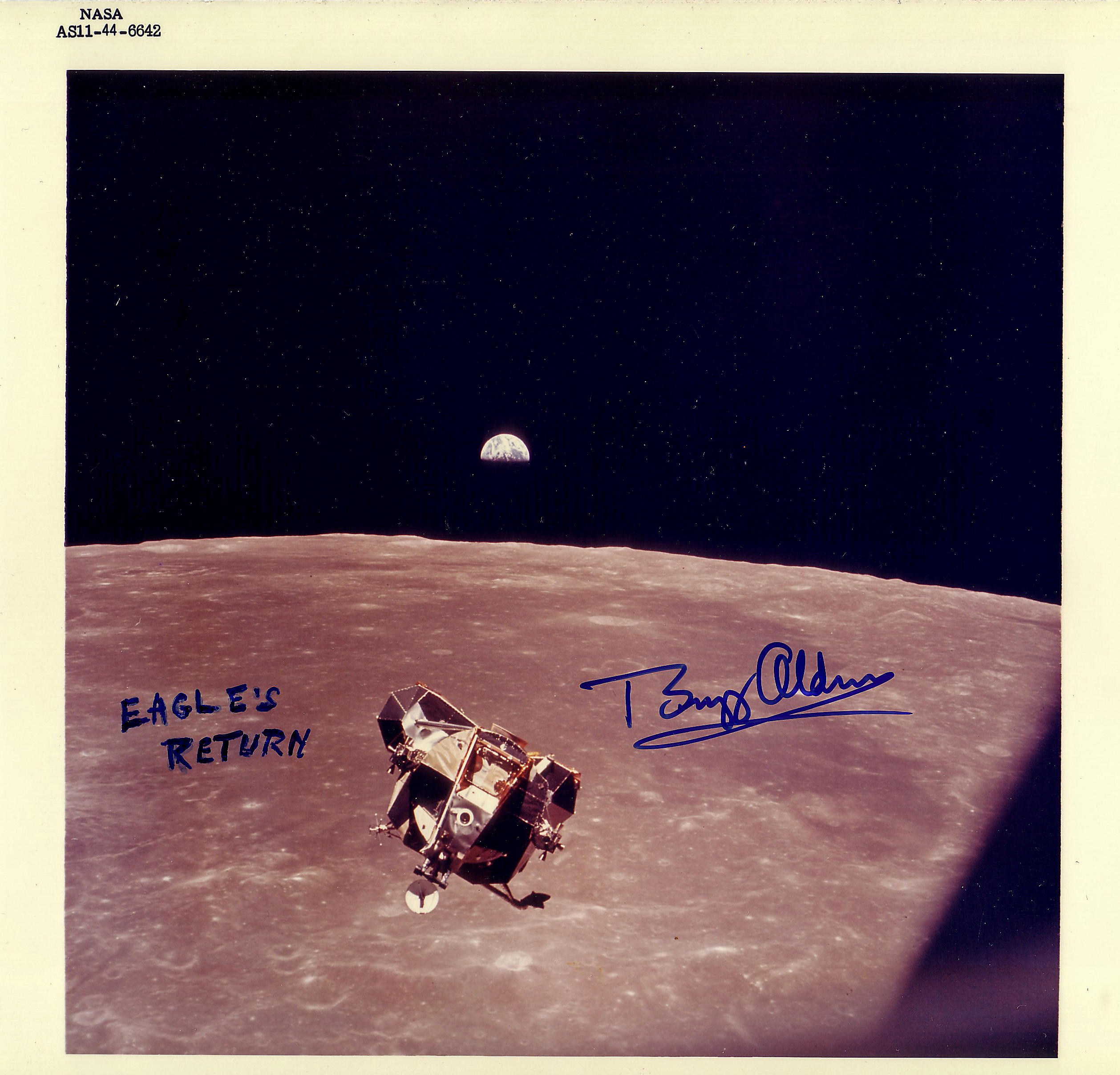
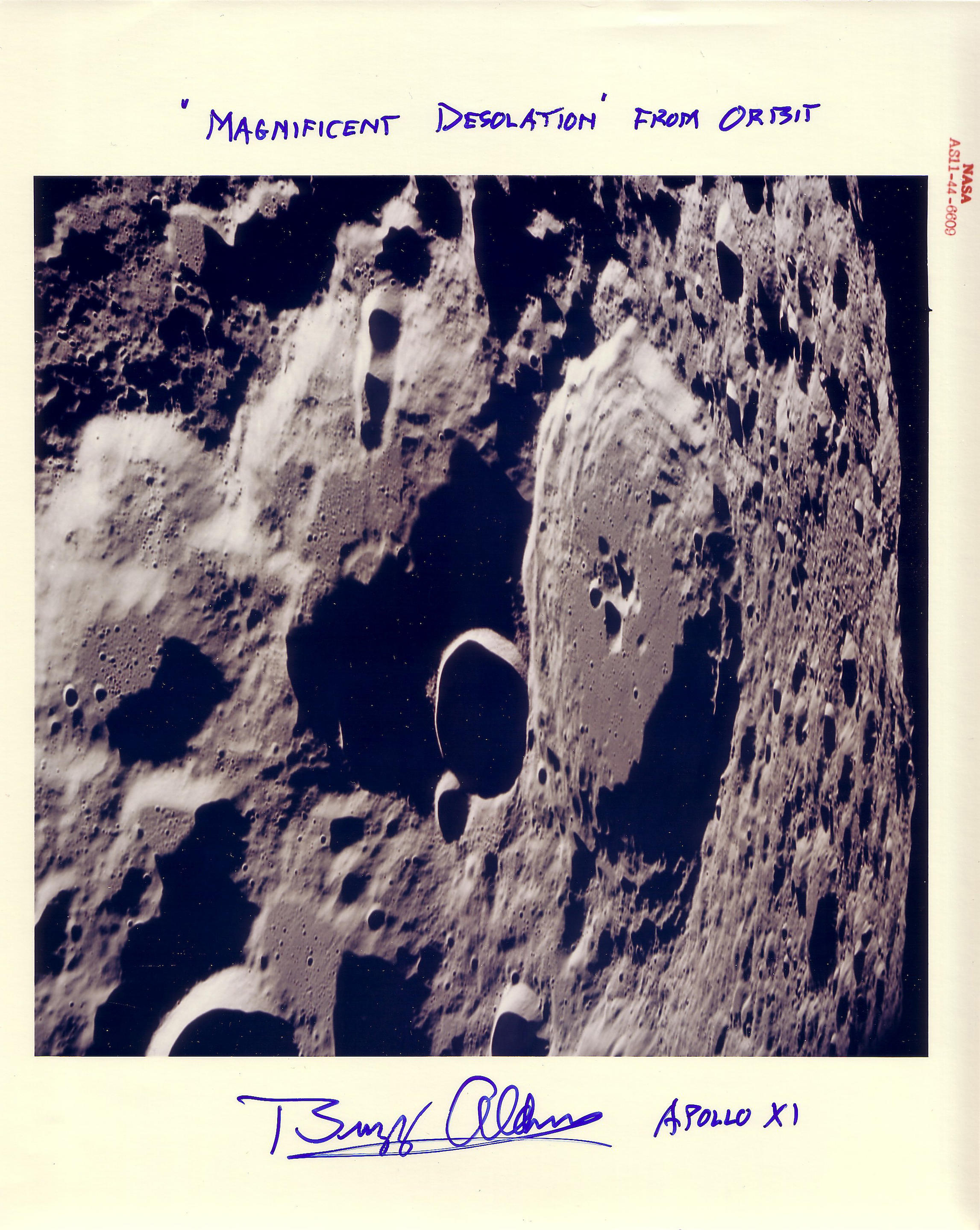
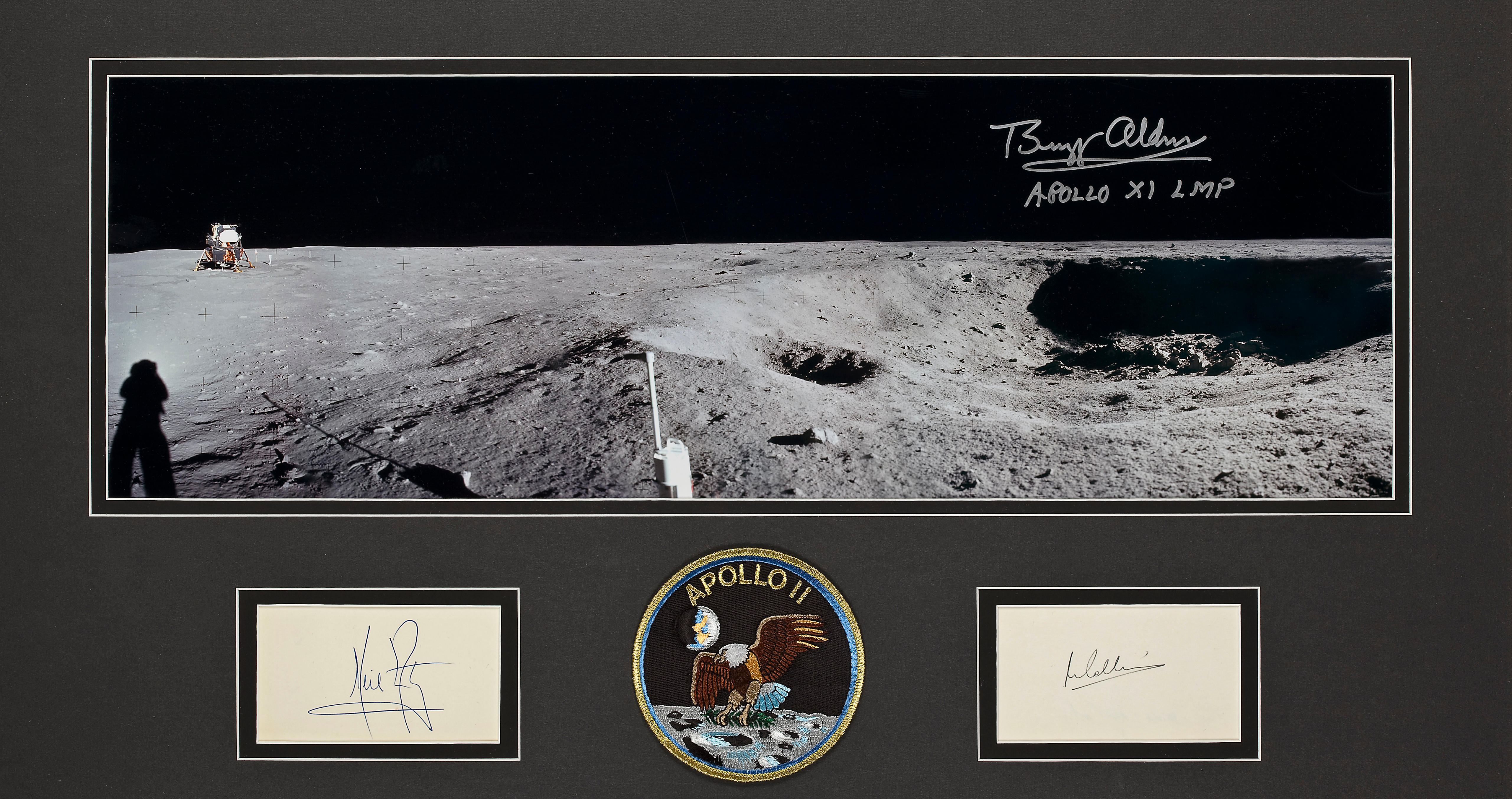



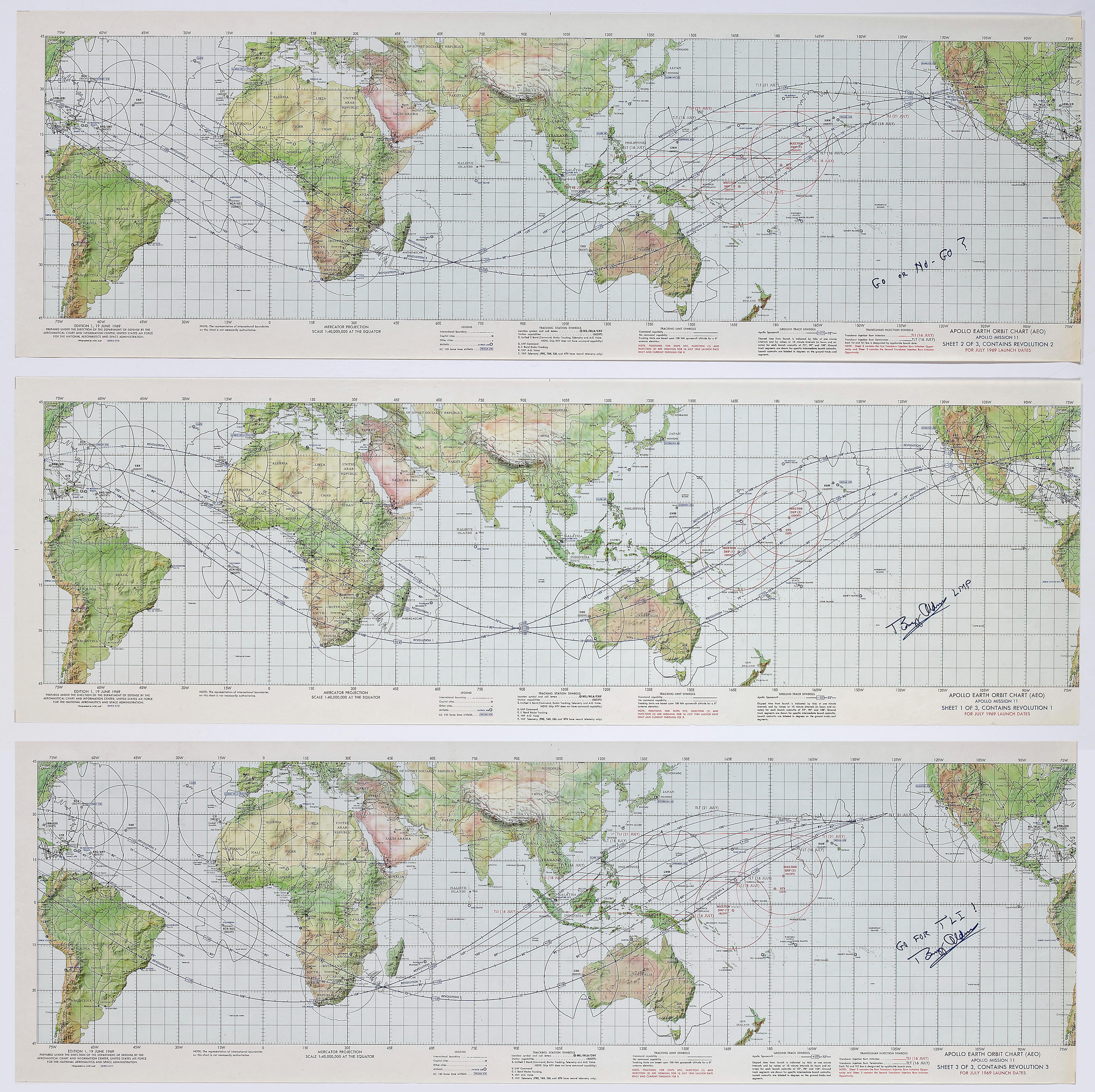
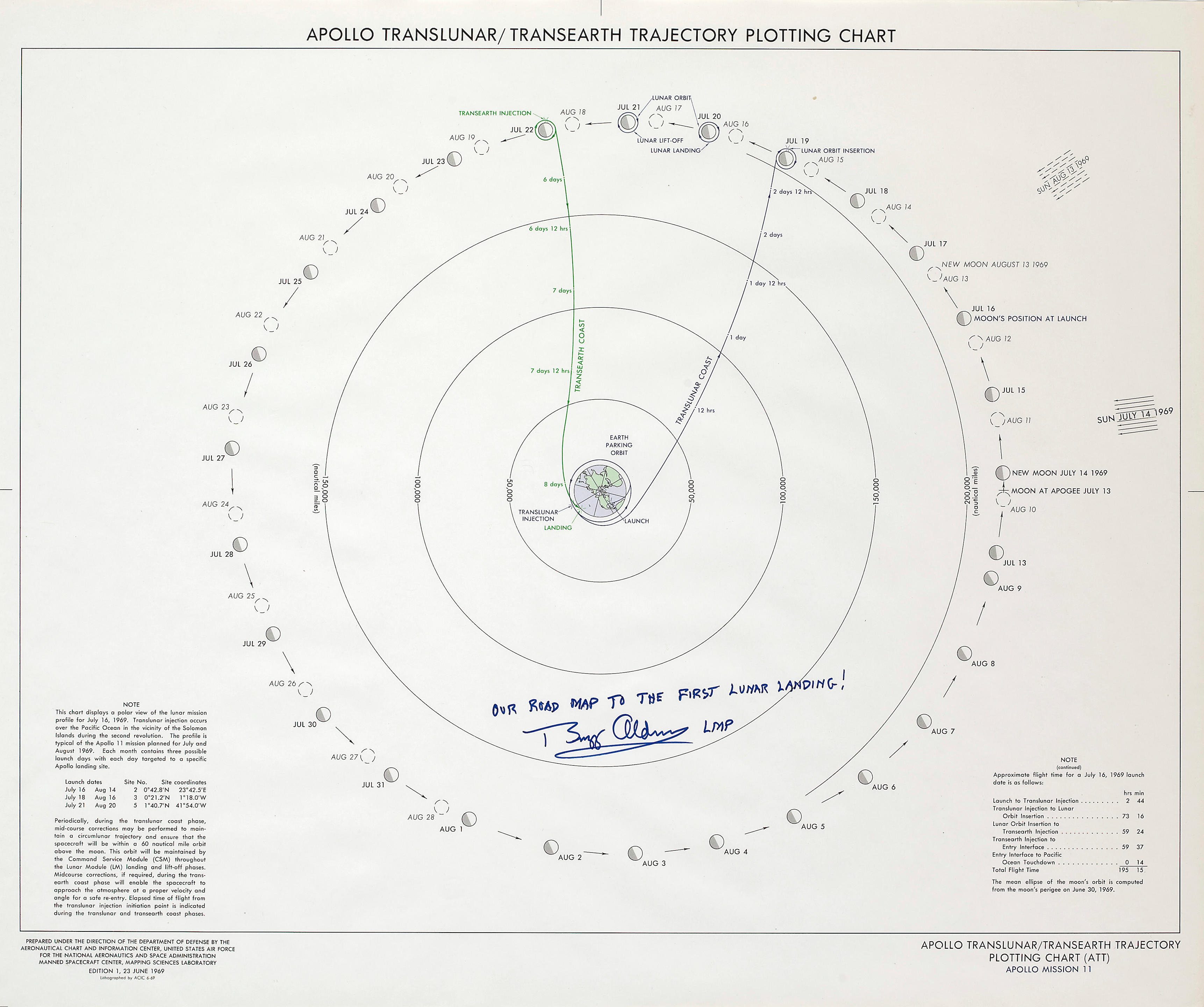
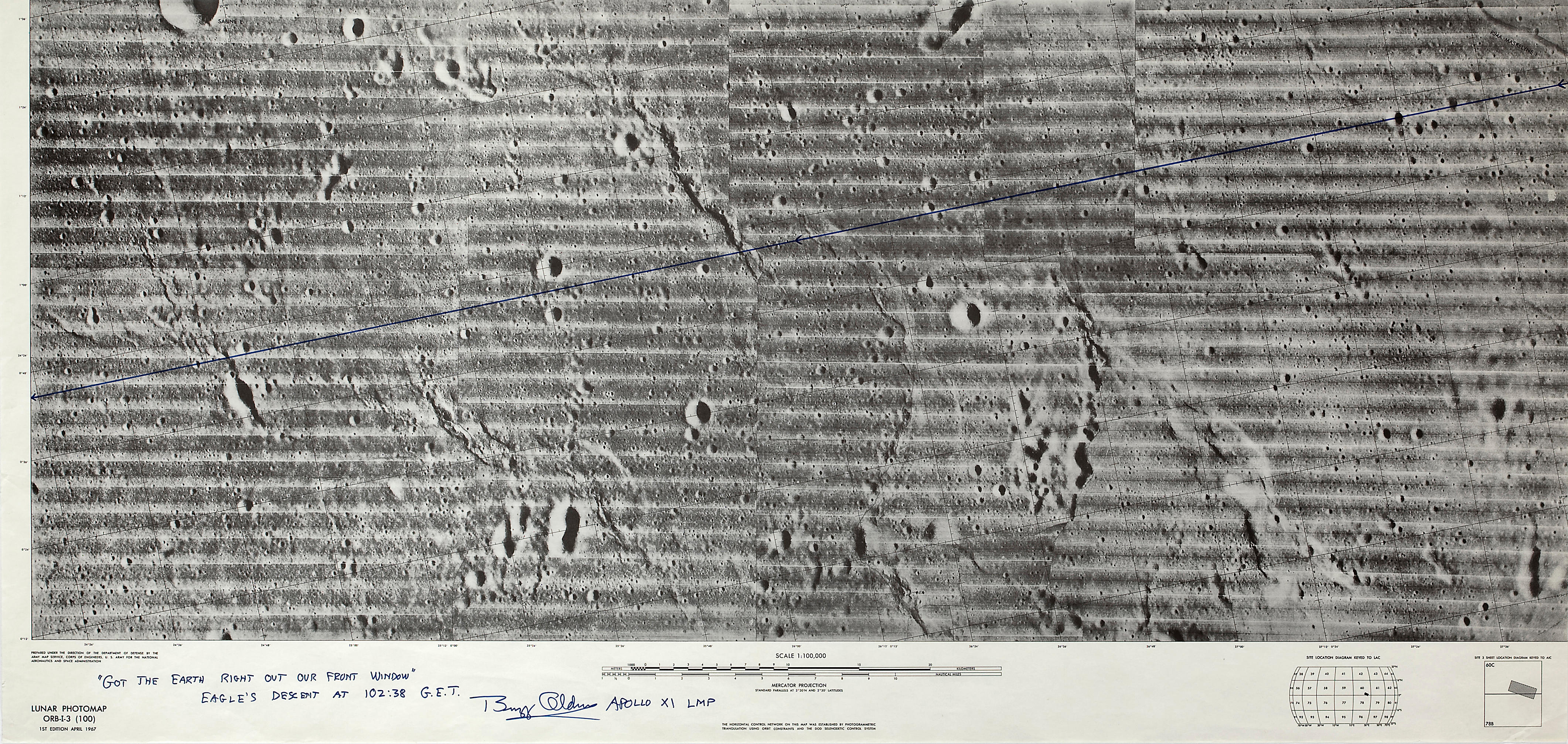
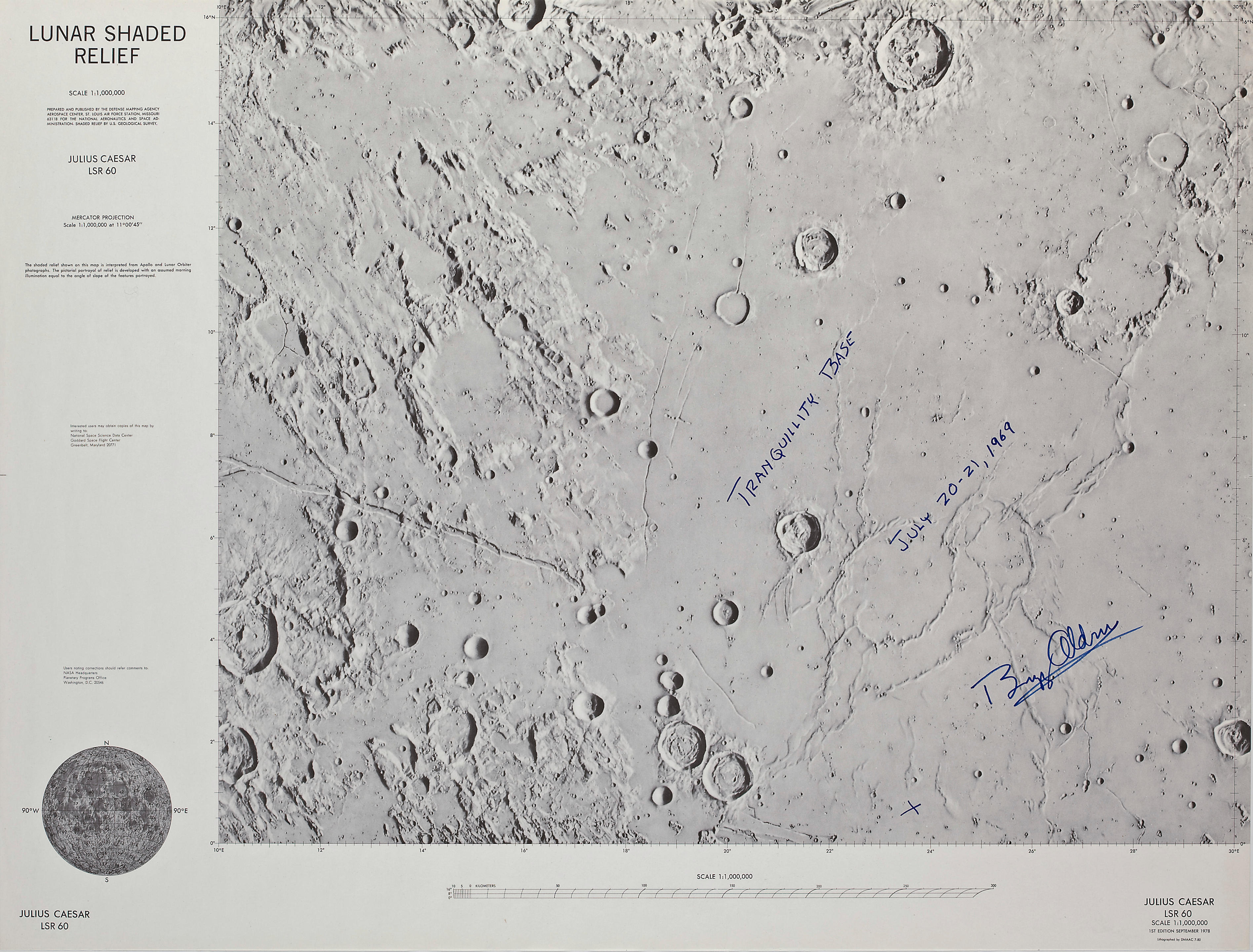
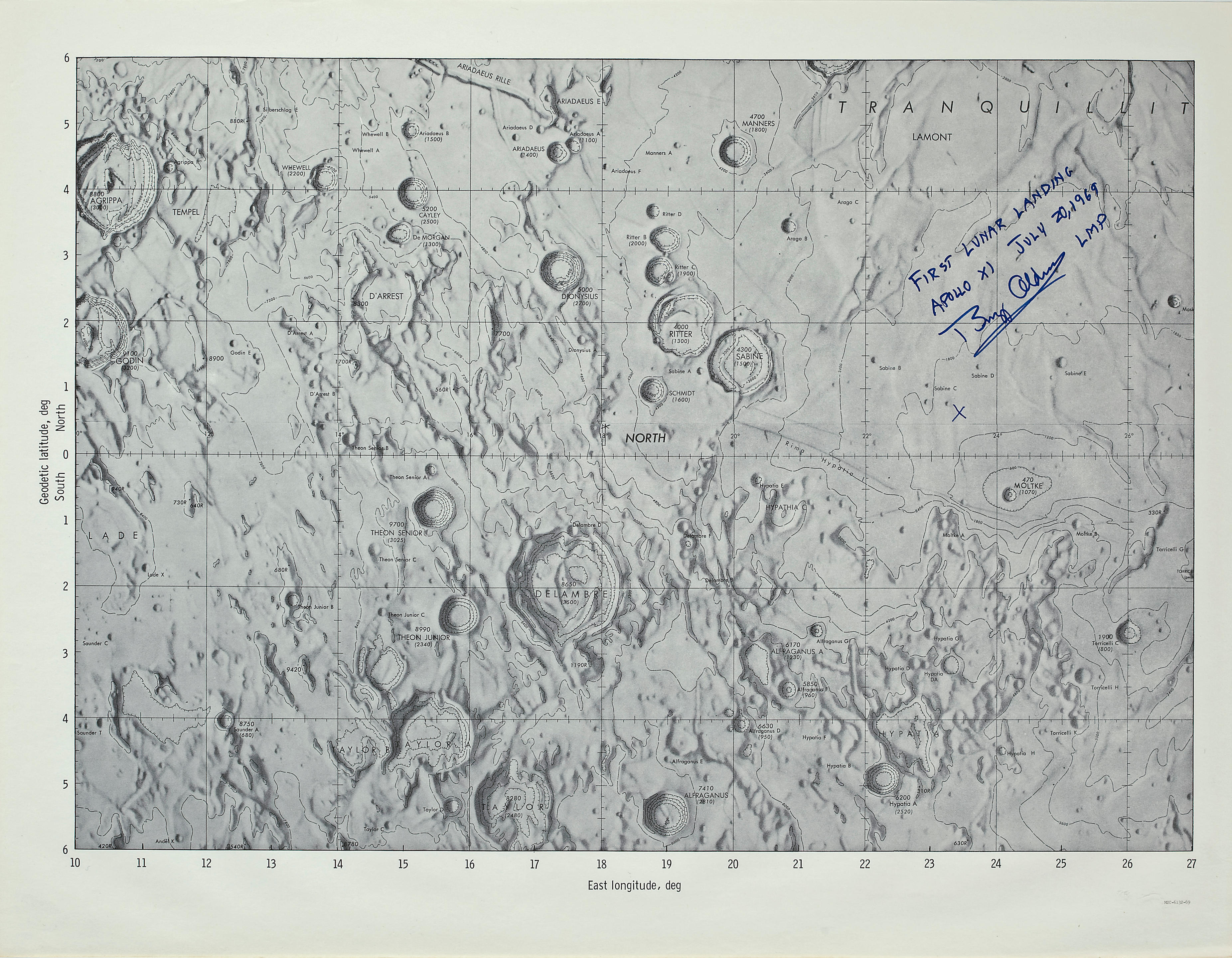


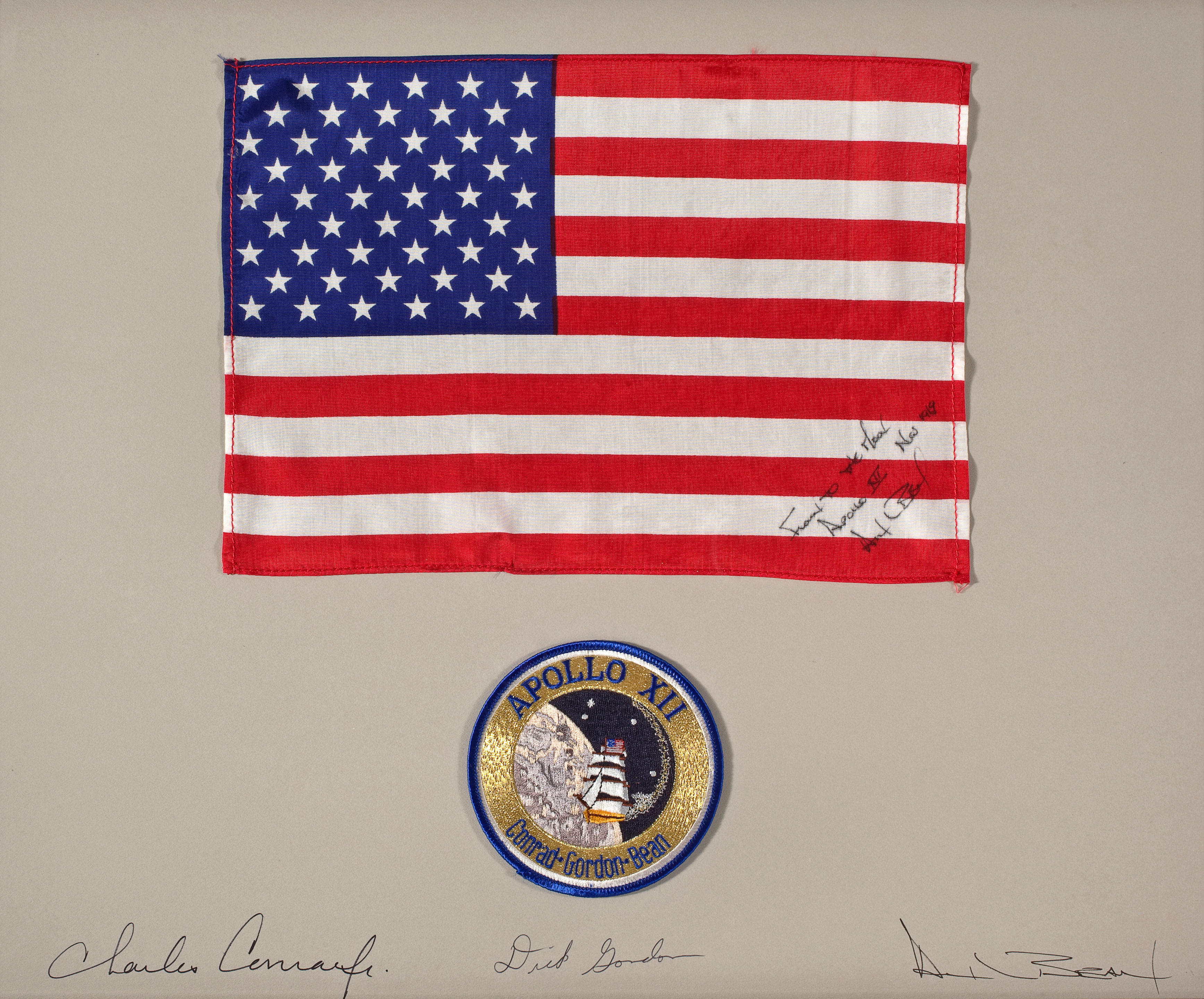

Testen Sie LotSearch und seine Premium-Features 7 Tage - ohne Kosten!
Lassen Sie sich automatisch über neue Objekte in kommenden Auktionen benachrichtigen.
Suchauftrag anlegen